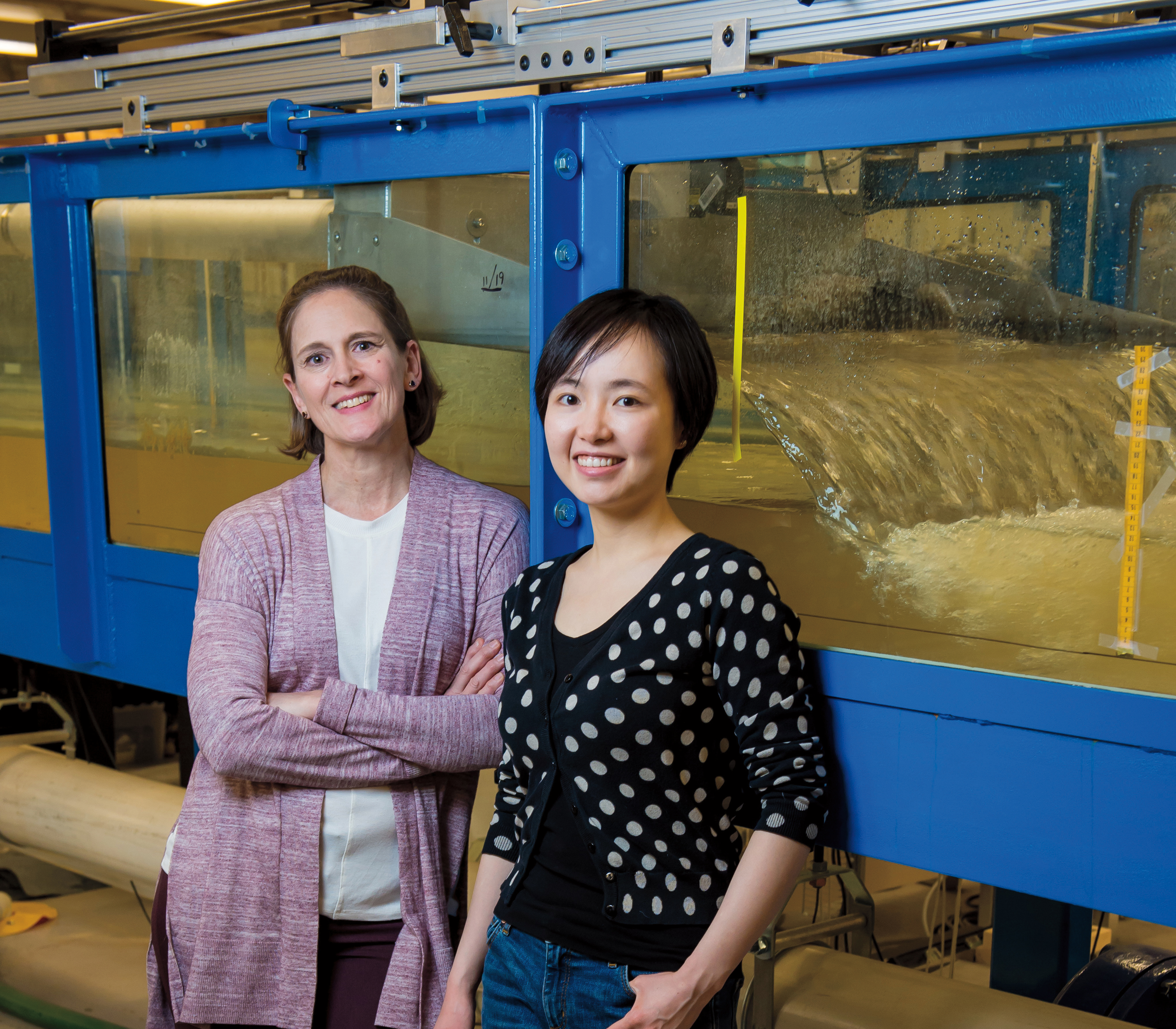A New Predictive Model that Could Help Restore Wetlands
-
-
slice.mit.edu
Filed Under
Recommended

In October 2012, Hurricane Sandy slammed into the Eastern Seaboard with powerful winds and a storm surge cresting up to 13 feet. Scores of people died. Thousands of homes were lost. And it would have been even worse without the wetlands hugging the coastline.
Marshlands prevented an additional $625 million of property damage, one study found. But more than half the wetlands in the United States have disappeared in the last half century, denuding many miles of coastline and rendering seaside land vulnerable to storms in the future. (The same goes for countries all over the world— wetland loss is widespread.)
A big culprit, says Judy Qingjun Yang SM ’15, a graduate student in the Department of Civil and Environmental Engineering at MIT, is erosion of the soils and sands holding coastal plants in place. That means “vegetation could fall down, collapse, and be washed away,” says Yang, who works in the Environmental Fluid Mechanics Laboratory under the direction of Heidi Nepf, the Donald and Martha Harleman Professor of Civil and Environmental Engineering. (Pictured above: left with Yang, credit: Sarah Bastille)
Researchers have worked out numerous equations to model how much sediment gets lost in a system that lacks coastal vegetation. But remarkably, few studies until now have examined what happens when there are plants present (though it’s clear that the formulas based on a world without them don’t work at all).
Grasses, seaweeds, and kelps make the computations of fluid dynamics and flow rates much harder. Just think of the whorls you introduce into a river when you pull a single oar through the water. Now imagine each frond or blade throwing off a steady stream of vortices as the water pulses, flowing past and around it. The result is literally dizzying.
Yang took on the challenge headfirst, successfully developing a model describing how the movement of sediment is impacted by the presence of vegetation.
Yet Yang took on the challenge headfirst, successfully developing a model describing how the movement of sediment is impacted by the presence of vegetation. She’s added in a parameter for plant density, and she’s wrestled with the turbulence that the plants introduce.
To dial in the parameters of her model, Yang set out to build a flume—a water tank 30 feet long. She poured a layer of sand across the bottom, carefully aligned a phalanx of hundreds of thin aluminum tubes to serve as imitation plants, and pumped water through the whole operation.
Previous models underpredicted how much sediment is eroded by three orders of magnitude.
Yang used what she observed in the flume to tweak and perfect her equations. She discovered that the eddies and swirls stirred up by vegetation in the water cause quite a bit of sediment to be transported away. “Previous models underpredicted how much sediment is eroded by three orders of magnitude,” Yang says. Her new model gets it right.
Many state and local governments are trying to restore their wetlands. Yang’s model will help inform these efforts, indicating where sediment should be deposited along the coast to maximize retention of the plants. And the benefits of bringing back wetlands extend beyond protecting coastlines from storm surge, erosion, and flooding, says Nepf.
Excerpted from “Shore Lines” in the spring Spectrum. Read the full article.







